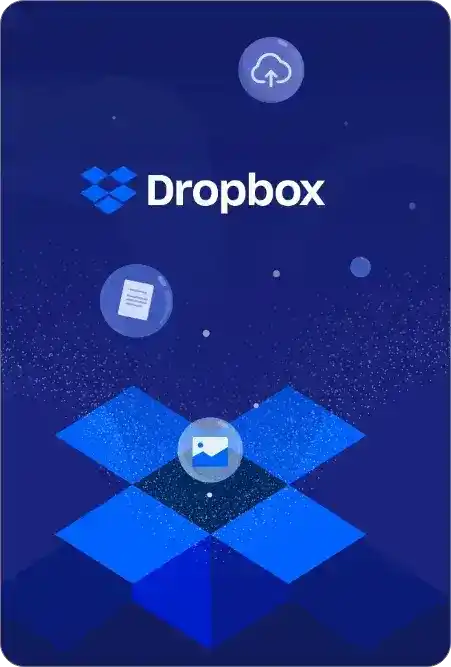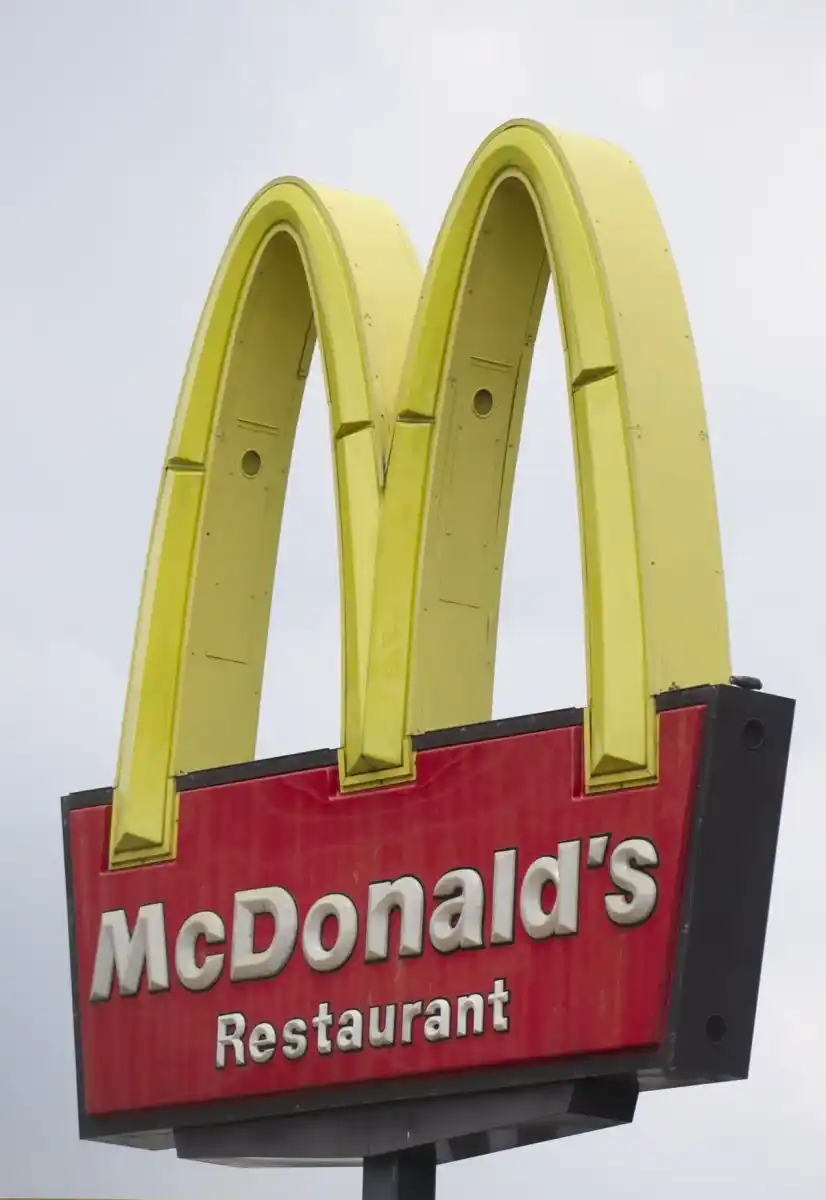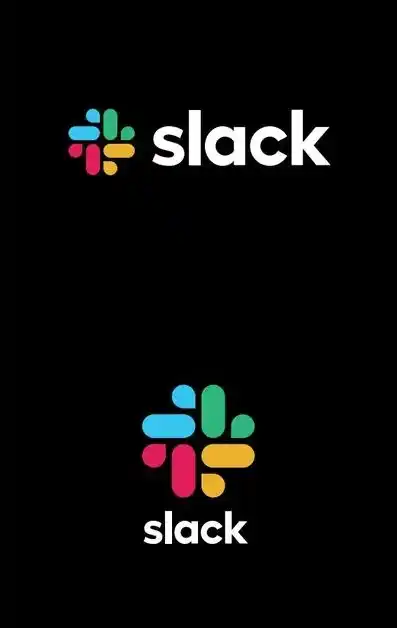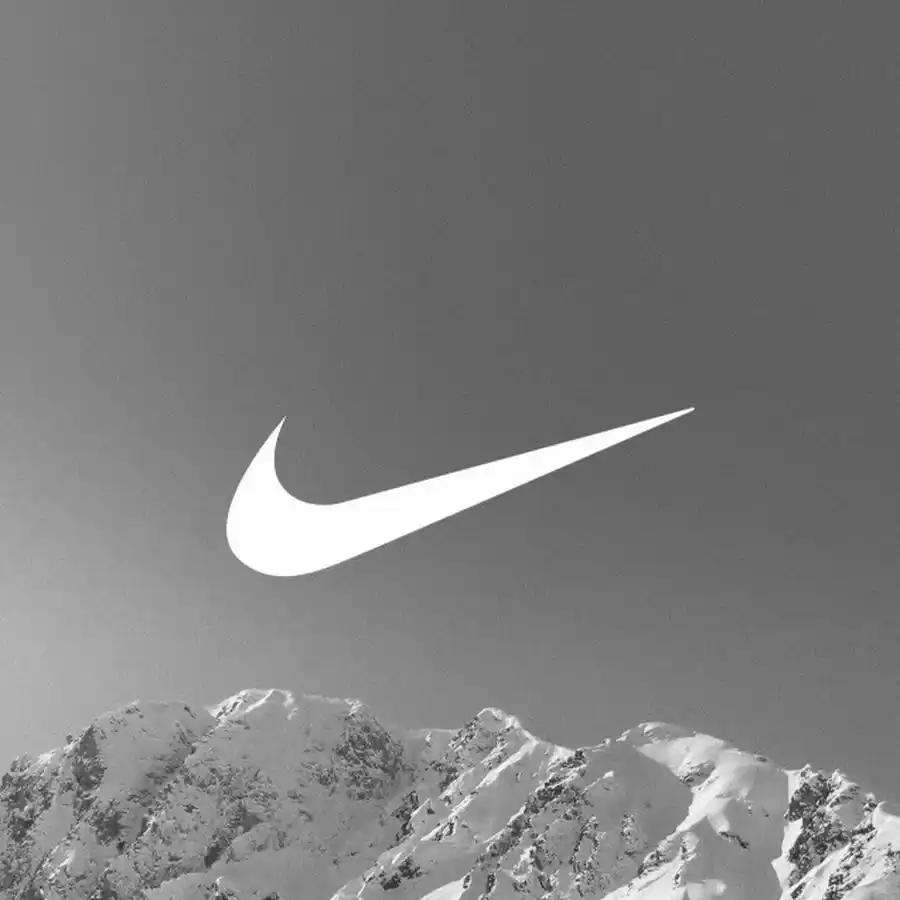How 2D Animation Transformed Brands
and Boosted Their Profitability
2D animation has proven to be a game-changer for businesses worldwide, helping them achieve remarkable milestones. By using engaging visuals and creative storytelling, companies have effectively captured their audiences, increased brand loyalty, and enhanced profitability. Dive into these case studies to explore how animation turned ordinary campaigns into extraordinary success stories.
-
-
-
-
Case Study 01
Dropbox Simplifying Cloud Storage
Objective
To introduce Dropbox as a simple, secure, and reliable cloud storage solution to a wider audience, ensuring potential users understand the product's benefits.
Problem
In its early stages, Dropbox faced the challenge of explaining a relatively new concept – cloud storage. The idea of storing files online instead of on physical devices was unfamiliar to many, creating a barrier to user adoption.
Solution
Dropbox utilized a 2D animated explainer video to simplify the concept. The animation visually demonstrated how users could upload files, share them seamlessly across devices, and access them anytime. The engaging visuals, paired with a clear and concise script, made the technology approachable and easy to understand.
Result
The 2D animation helped Dropbox achieve a 10% increase in conversions within months of the campaign’s release. The video attracted millions of users globally, becoming a pivotal tool in Dropbox’s journey toward mass adoption.
Key Takeaways
- 2D animation excels at breaking down complex concepts into digestible content.
- A visually appealing explainer video can significantly boost conversions and user engagement.
- Implified storytelling resonates with audiences unfamiliar with technical products.

Case Study 02
McDonald's: Social Media Ads
Objective
To promote limited-time menu items through engaging, fast-paced, and visually appealing animations.
Problem
McDonald's needed a fresh, engaging way to showcase new menu items on social media. Traditional product images and text-heavy ads were not grabbing enough attention in an oversaturated market.
Solution
McDonald's used vibrant 2D animations with playful transitions to highlight its new food items. The ads featured quick, engaging sequences that visually demonstrated ingredients and flavors, making the promotional content more appealing to viewers.
Result
The 2D animated ads performed exceptionally well on social media platforms, leading to increased engagement and higher sales of limited-time menu items. The animations stood out in users' feeds, driving both brand recall and impulse purchases.
Key Takeaways
- 2D animation can make short-form ads more dynamic and eye-catching.
- Playful and colorful animations are ideal for social media marketing.
- Animated ads can drive higher engagement and product sales.

Case Study 03
Slack: Brand Storytelling
Objective
To showcase Slack’s benefits in a relatable, engaging way that resonates with teams and businesses.
Problem
Slack wanted to demonstrate how its communication platform could improve workplace productivity, but text-heavy marketing struggled to convey the software’s full potential.
Solution
Slack created a 2D animated brand video that showcased how different teams used Slack to streamline communication. The animation used relatable workplace scenarios, dynamic motion graphics, and simple character animations to highlight the platform’s features.
Result
The 2D animation campaign improved Slack’s brand awareness and adoption rates, helping businesses understand its value in an engaging, story-driven format. The video became a key part of Slack’s marketing, leading to an increase in sign-ups and product adoption.
Key Takeaways
- 2D animation is an effective storytelling tool for brand positioning.
- Animated brand videos can help communicate product benefits more clearly.
- Engaging storytelling in animation enhances audience connection and product adoption.

Case Study 04
Nike: Motion & Infographics
Objective
To visually present athlete performance data and showcase Nike’s innovation in sportswear.
Problem
Nike needed a way to showcase performance metrics and new sportswear features in a visually engaging format without overwhelming audiences with raw data.
Solution
Nike incorporated 2D motion graphics into its marketing campaigns, using animated infographics to break down data on athlete performance, product durability, and sports science. The animation featured smooth transitions, dynamic typography, and stylized visuals to keep viewers engaged.
Result
The animated infographics became a powerful tool for presenting Nike’s product advantages, helping customers understand the science behind the gear. The motion graphics saw high engagement rates across digital platforms and strengthened Nike’s reputation as an innovator in sports technology.
Key Takeaways
- 2D motion graphics make data visualization more engaging and digestible.
- Animated infographics can enhance storytelling in sports marketing.
- Well-designed motion graphics help brands communicate technical information effectively.
